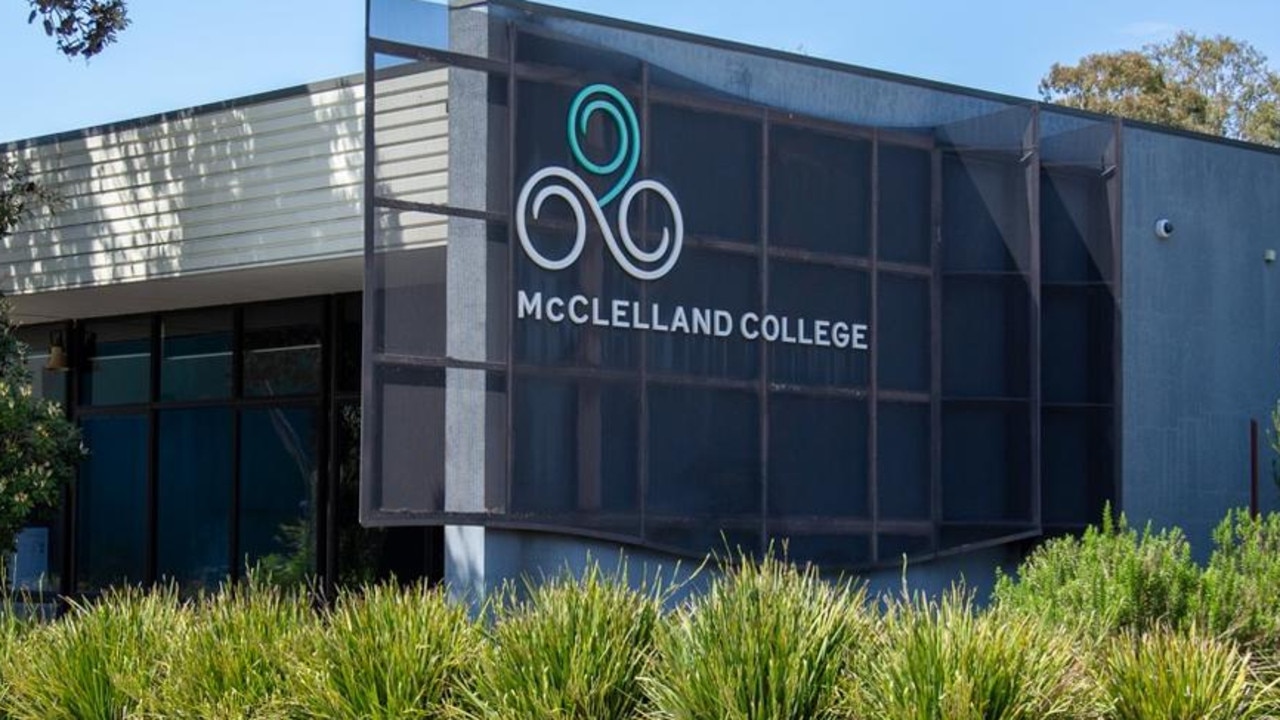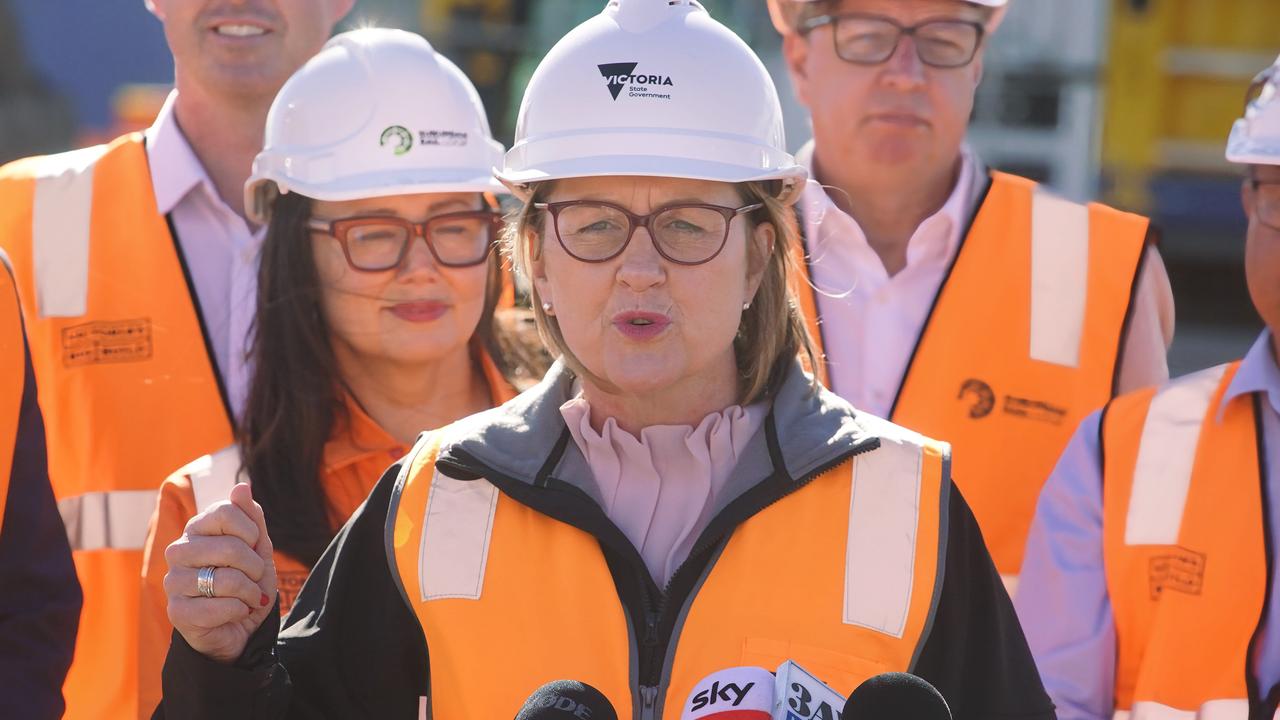International student caps, inflationary pressures drive Victorian universities into debt
The annual reports for Victoria’s major universities are in, with some recording millions of dollars in losses while others thrived. See how your university fared.
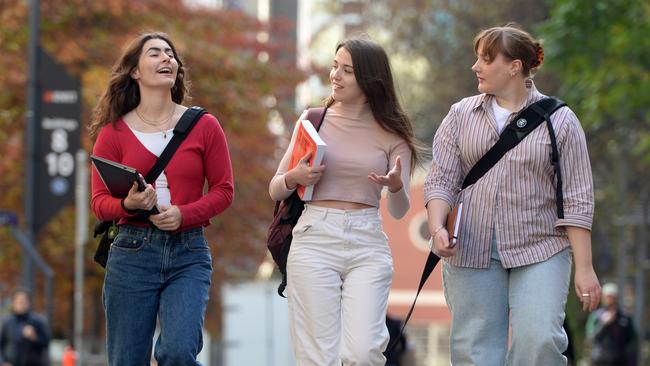
Victoria
Don't miss out on the headlines from Victoria. Followed categories will be added to My News.
A majority of Victorian universities posted operating losses in 2024, but continued to boost the salaries of their vice-chancellors, their annual reports reveal.
Most institutions credited the loss in income to “challenges facing the higher education sector” including international student caps, inflationary pressures, wage growth and a tight labour market.
Meanwhile others prospered, turning 2023’s deficits into surpluses.
See how your university fared:
University of Melbourne
The University of Melbourne recorded an operating deficit of $99m last year, following an operating deficit of $71m in 2023.
Chief Operating Officer Katerina Kapobassis said the University of Melbourne’s operating deficit was expected, despite being larger than initial projections.
“It is a result of strategic investments in student experience, our systems and processes, along with increased staff costs and inflation,” Ms Kapobassis said.
Despite the operating deficit, the vice-chancellor’s remuneration package increased in value from $1,440,000 – $1,454,999 in 2023 to $1,575,000 – $1,589,999 in 2024.
Meanwhile, higher investment gains, philanthropic endowments and proceeds from the sale of its Hawthorn campus site have delivered in the university’s favour, with the institution’s overall financial performance last year recording a surplus of $273m.
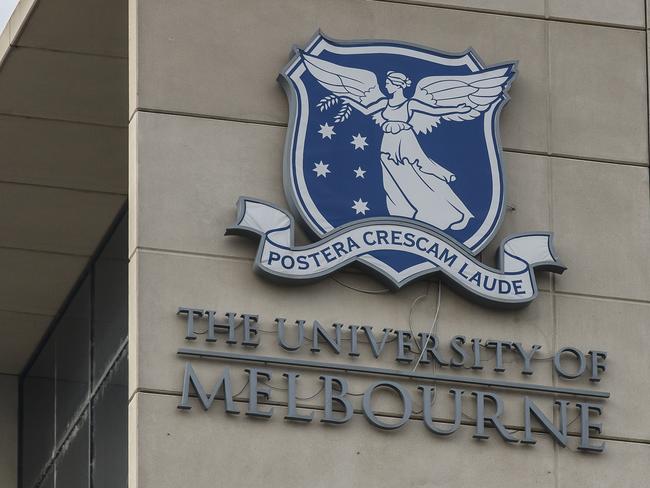
RMIT University
Overall, RMIT University generated a pre-tax operating profit of $2.5 million, up from a loss of $58.7m in 2023.
University total revenue increased by 13 per cent to $1.5b, up from $1.3b million the year before.
The university has nine executive officers earning more than the premier, including two staff members who earn more than $1m.
These include vice-chancellor Professor Alec Cameron.
Looking towards the future, the university is forecasting a “modest, underlying operating surplus in 2025”.
“This represents a meaningful shift from recent years of deficit and reflects progress towards a more sustainable financial footing,” the university said.
Monash University
Monash University posted a $6m underlying deficit which is a strong turnaround from its $123.5m deficit result in 2023.
The overall position of the university was a net surplus of $180.8m including philanthropic funds, donations and investment income.
The university in 2024 had 28 executive officers, including 17 earning more than the Victorian premier who is on $480,000.
The vice chancellor’s salary has dropped to $1.1m from more than $1.5m following the departure of Margaret Gardner at the end of 2023.
Professor Gardner received a payout of $620,991 reflecting her accrued leave and unpaid entitlements.
Vice chancellor Sharon Pickering said the university navigated “challenges through disciplined financial management and controls”.
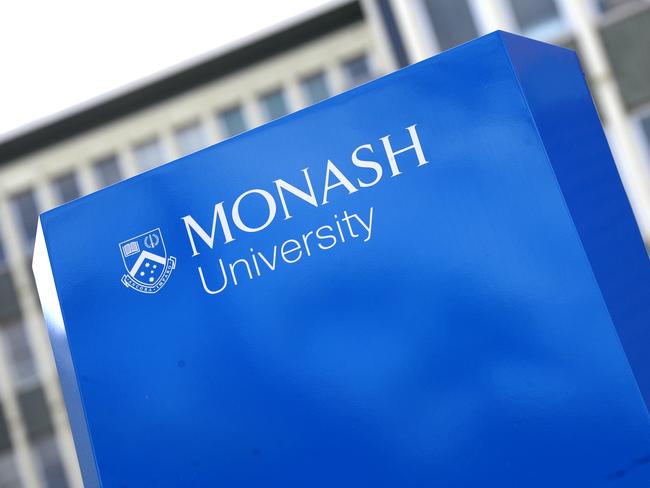
Swinburne University
In 2024, Swinburne achieved a net operating surplus of $71.2 million, which included an operational surplus of $28.1 million.
This is an improvement on the institution’s $24m surplus from 2023.
Vice-chancellor Professor Pascale Quester received a pay rise in 2024, earning a salary of more than $1.17m – up from around $1m in 2023.
Professor Quester said: “On behalf of the university, I want to express my deepest gratitude to the entire Swinburne community for your passion and steadfast loyalty to our shared goals.”
“As we reflect on a year of extraordinary achievements, I am filled with pride and optimism for the future. Swinburne’s purpose — to create tomorrow’s technology and the human capital and talent required for a tech-rich future — is at the heart of everything we do,” she said.
Deakin University
Deakin University reported an ongoing deficit of $17.7m in 2024, with an underlying
deficit of $37.6 million.
Chancellor John Stanhope forecast the deficit would continue into 2025 but said the “underlying financial performance and health of the university remain strong”.
“We are extremely proud of our achievements over the last five decades, our status nationally and internationally, and the value we have created for our communities and partners,” he said.
Despite this, the university’s vice-chancellor Iain Martin received a pay rise, taking his annual salary to $1.08m.
In 2023, Professor Martin was criticised for receiving a $130,000 pay boost despite the university posting a $77.8m deficit.
La Trobe University
La Trobe University reported a net deficit of $54.2m last year, crediting the loss in income to the impact of visa settings for international students.
Vice-Chancellor Theo Farrell also appeared to take a pay cut of $100,000 with his remuneration package ranging between $860,000 to $869,999 down from $960,000 to $970,000 in 2023.
It comes amid rumours the university is struggling financially with students and staff noting some services and faculties have been cut or slimmed down to save costs.
The university forked out more than $929,000 in termination benefits last year, including “ex gratia termination payments associated with negotiated staff departures”.
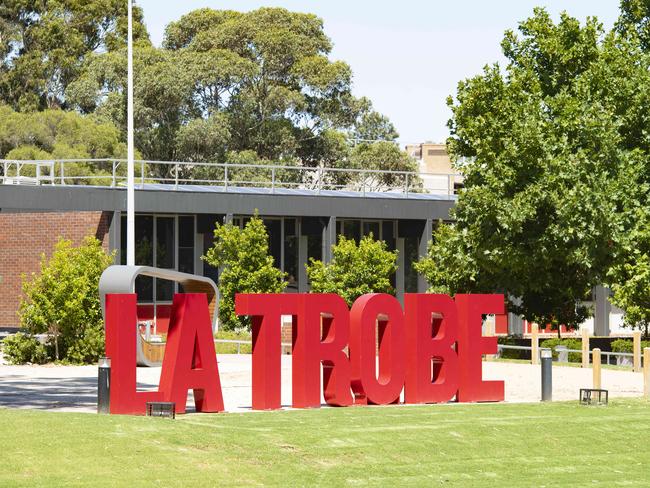
Federation University
Federation University also recorded a net operating deficit below forecast of $26.2m.
This is compared to a budgeted deficit of $30.7m.
The institution’s vice-chancellor and president professor Duncan Bentley said the deficit was a reminder of the challenges facing the higher education sector, such as international student caps.
“Like most Australian universities — and all regional universities — and despite the commitment and hard work of our staff, Federation has been challenged by a range of external pressures, including significant changes in government policy that have impacted revenue,” he said.
“Recognising these challenges, the university has been implementing a comprehensive transformation program to reshape operations and ensure long-term sustainability.”
Victoria University
The financial situation at Victoria University was on the brighter side, with its annual report revealing it posted a total net operating surplus of $66.1m last year.
This is a significant improvement from the 2023 result, with the university recording a deficit of $18.1m.
The university also saw a sustained lift in student numbers to the highest overall level in more than a decade, from 41,584 in 2022 to 49,106 in 2024.
Chancellor Steve Bracks credited the VU Block Model to the university’s success, which includes a number one ranking in Victoria for student experience.
Meanwhile, vice-chancellor Adam Shoemaker received a $10,000 increase in his remuneration package to $850,000 to $859,999.
“2024 was a remarkably successful year for VU, but our work continues in the context of the University Accord and the skills revolution. We still have so much to do,” he said.
More Coverage
Originally published as International student caps, inflationary pressures drive Victorian universities into debt


